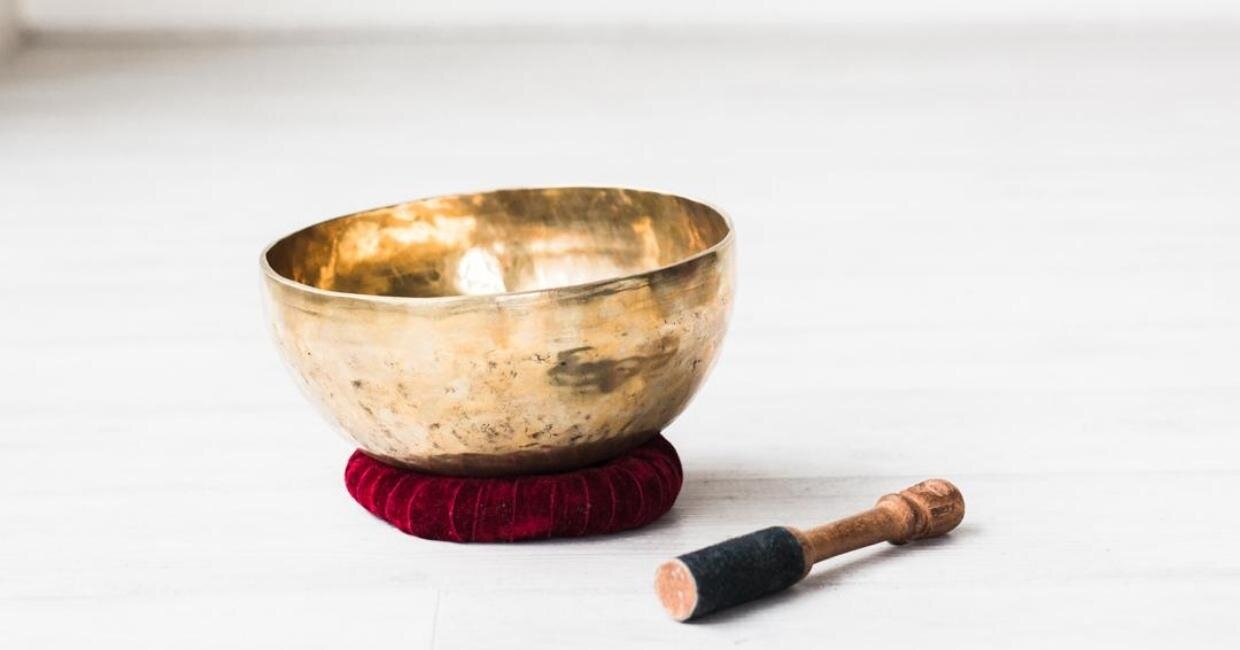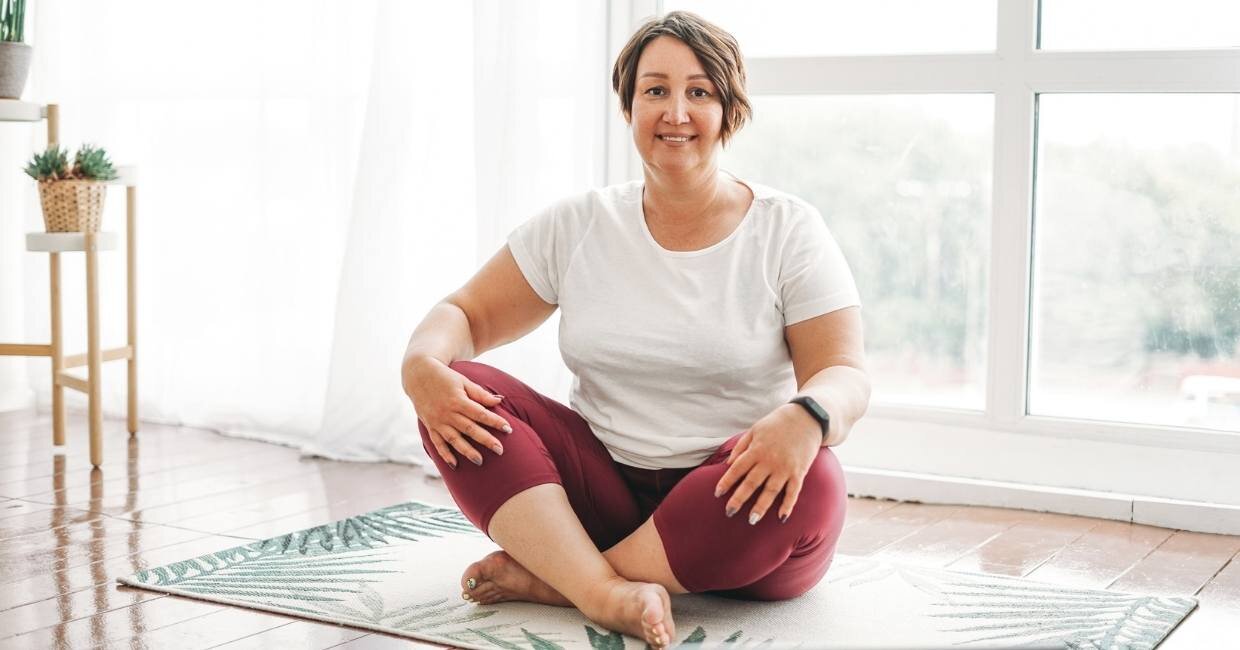Move Into Mindfulness
Taking time for mindful hygiene not only changes your life, but also the lives around you.
People often ask, “What brought you to this practice.”
My honest answer?
The proper amount of dysfunction and an eternal search for freedom!
Like most people, I began this journey with my personal history on my back and the itty-bitty-shitty-committee standing in solidarity. Eager to escape the weight and noise, I started with desperate faith to ‘find a way’ OUT.
My own experience with becoming more mindful was genuinely uncomfortable. Every single thought seemed to echo in my physical being. I was amazed to discover how unconscious conditioning ruled my perceptions and sensations. I decided very early on that working directly with my mind through mindfulness, and meditation was just as important as working with the history trapped in my physiology.
I quickly realized that taking time for my mindful hygiene changed my life and the lives around me. And that itty-bitty-committee? They didn’t go away, but they are a little kinder now.
“THROUGHOUT OUR DAY WE CAN PAUSE, TAKE A BREAK FROM OUR USUAL THOUGHTS, AND WAKE UP TO THE MAGIC AND VASTNESS OF THE WORLD AROUND US.”
Six Ways to Move Into Daily Mindfulness
#1
When You Awake: Sense Your Senses
Listen as if you just arrived on the planet. Every sound is brand new, coming straight from the heart of the mystery. Look with your eyes closed.
See the light coming through the flesh of your eyelids; see it get brighter as you attend to your sense of sight.
Feel it as if for the first time. You can sense the sheets' texture, the air's coolness, and your partner's heat.
#2
With Your Child: Create a Mindful Ritual
There are many ways you can create conscious time with your child. If you are familiar with the RIE Method, you are already on your way. They recommend utilizing everyday activities, like changing diapers and feeding. What is important is that you create the time and space to be mindful with your child each day in whatever way is meaningful for you.
#3
In Everyday Tasks: Find the Power of Three
There are endless possibilities for pausing in daily life and giving yourself a chance to explore just one thing. Pick a simple daily activity — stopping at stoplights, standing in grocery lines, going to the toilet, or brushing your teeth. You get my drift. If life gives you a pause, play with it.
Try This:
Pause
Sense your points of contact, your breath, your thoughts, and how you're moving.
Experiment with three other ways to do the task at hand. Maybe shift your intention and focus, or explore one sensation at a time.
Are you brushing your teeth? Try using your other hand.
Are you waiting in line? Find three ways to shift your weight.
#4
On The Road: Think "HOLY HORIZON!"
That's right; shift your gaze! The horizon is a beautiful thing. So take a moment to look past the cars, down the street, over hills, and into the horizon. Notice how your gaze changes how you sit, transforms your breath, and expands your internal sensations.
#5
When You Fade: Investigate Your Distraction
As one of my Feldenkrais® Teachers said: “if you're feeling bored, you're just not paying attention!" Okay, so sometimes we check out because we’ve hit our limit. If that's the case, thank your wise nervous system and carry on. But notice it. Give some attention to when it happens. Are you in unfamiliar territory? What's going on with you physically? Do you have a stance or movement pattern you assume every time you check out or fade away?
#6
When You Experience a Negative Emotion or Physical Pain: Play the Name Game
As an adult, chances are the way you experience your reality is through language. So why not go with the flow. Every feeling generates a sensation. Start to get to know how you embody your emotions. Tune into that lump in your throat, the butterflies in your stomach, the empty experience in your belly.
Allow the sensations to come to you. Then speak the truth to yourself, plain and simple, about what is happening. Some of the things you may be able to name are tingles, warmth, coolness, pressure, restlessness, agitation, throbbing, tickles, aches, tightness, tenderness, or sharp pain. Stay with the sensations just for a moment or two, naming what you are experiencing. Notice, what does shining the light of awareness shift?
BONUS RECOMMENDATIONS
Okay, now, because I am who I am with the practices I have, I must make two more recommendations.
First, find a way to start doing a little bit of Feldenkrais Awareness Through Movement® each week. I’ve got you covered with hundreds of lessons in my Embodied & Well Membership.
Join an Awareness Through Movement class, locally or online. Learning with others is essential & having a community of like-minded people is vital!
Second, start a meditation practice. Even 5 minutes a day can add up over time. Better yet, have a local meditation group? If so, expand your daily 5 to include sitting with others once a week or once a month. Their practice will help support yours, I promise.
RELATED POSTS











